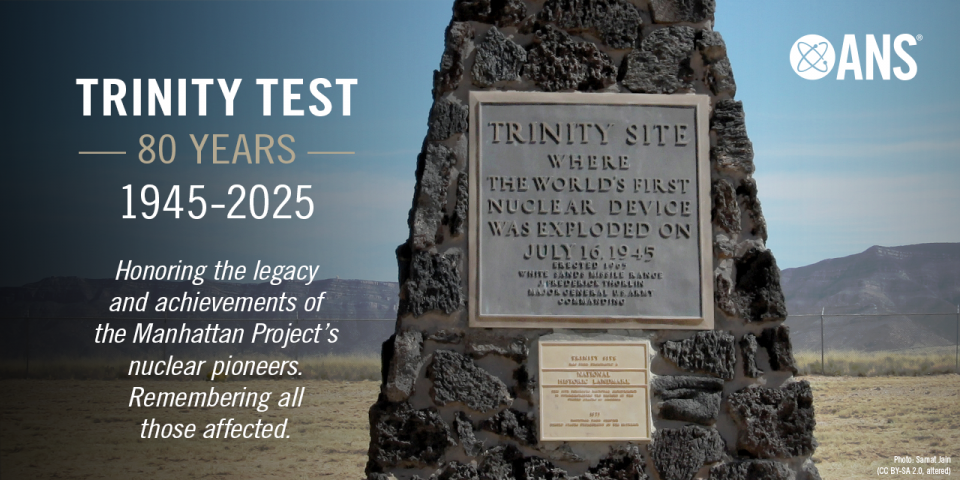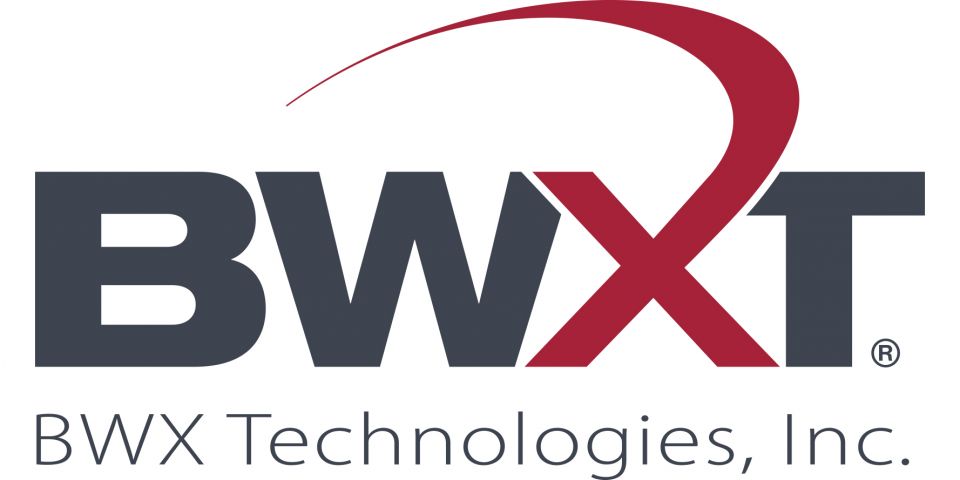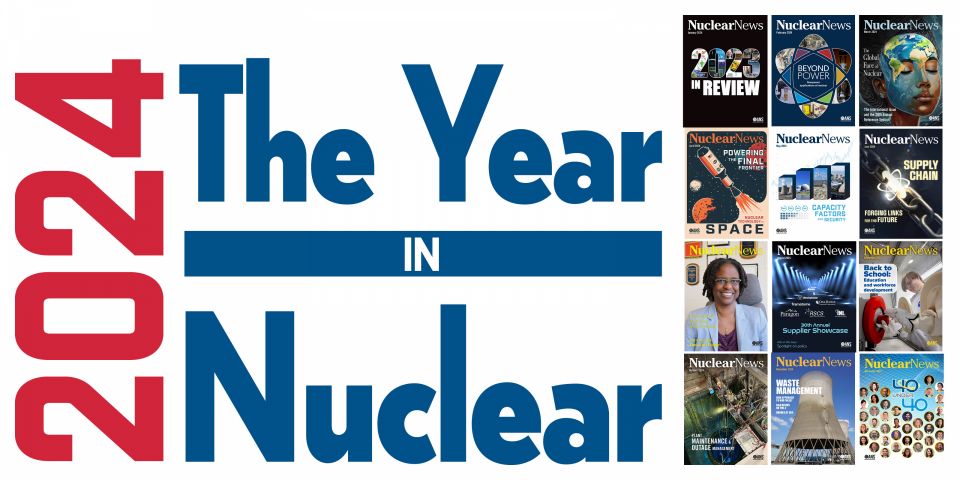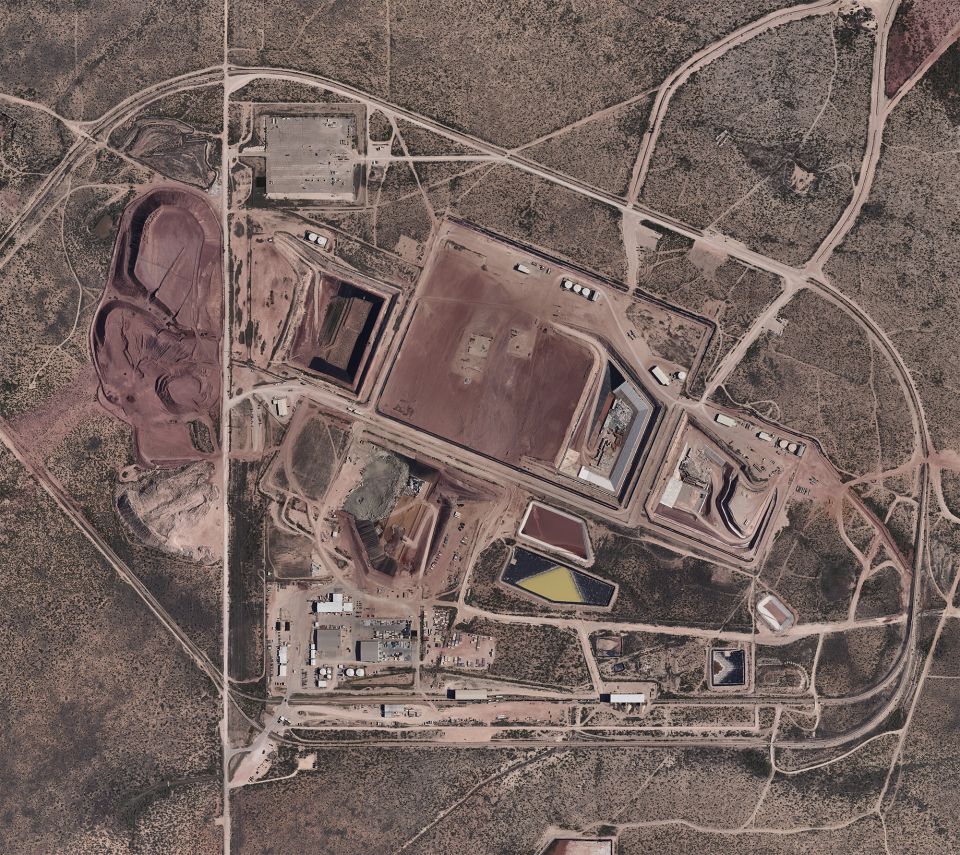NNSA officials visit country of Georgia in support of nuclear safeguards

National Nuclear Security Administration administrator Jill Hruby and deputy administrator for defense nuclear nonproliferation Corey Hinderstein visited the country of Georgia in southeastern Europe last month to discuss the NNSA’s bilateral partnerships, seek areas of cooperation, and get a closer look at how nuclear security is implemented at active border crossings in the region.






